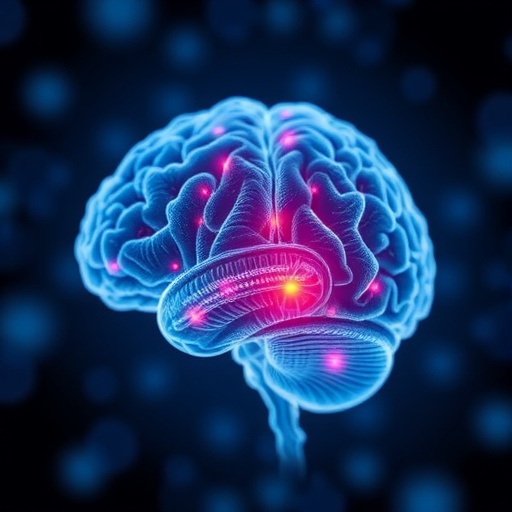Fifteen years ago, Dr. Naomi Rance was at work when she experienced her first hot flash. Rance, a physician and researcher at the University of Arizona College of Medicine – Tucson, took note.
As it turns out, her basic scientific research on estrogen's involvement with hot flashes may lead to a promising treatment for them.
Hot flashes can range from mild to severe and occur a few times a week to several times an hour.
Rance, also a UA professor of pathology and neurology, originally became interested in menopause during her neuropathology fellowship at Johns Hopkins University.
"I started off with a very straightforward project," she explains. "I was going to examine the hypothalamus in women's brains before and after the menopause. I found that a group of neurons got bigger in the brains of postmenopausal women and that was what was shocking at the time. Usually, with aging, things don't get bigger, they get smaller."
Rance knew from previous research that the enlarged neurons were in the hypothalamic area known as the arcuate nucleus, named for its arc shape. The tiny area contains a microscopic collection of neurons, which contain the neuropeptide, neurokinin B, and control reproduction.
Rance later discovered that those same neurons also influence how estrogen alters body temperature.
"That was really a sign that the reproductive axis is integrated with thermoregulation," she says. "The two systems are intimately integrated."
So much so that Rance was able to show through laboratory experiments on rodents that stimulation of the receptor for neurokinin B, called neurokinin 3, causes changes in body temperature similar to a hot flash, and that destruction of neurokinin B neurons alters thermoregulation.
These experiments led to a hypothesis that hot flashes occur when estrogen levels are diminished, causing increased release of neurokinin B into the brain areas that control body temperature. Theoretically, an antagonist could block this biological reaction by binding to the neurokinin 3 receptor and preventing the actions of neurokinin B.
Rance presented these findings at the 2012 Second World Conference on Kisspeptin in Japan.
As it happened, Dr. Waljit Dhillo, an endocrinologist and professor at Imperial College, London, was in the audience along with a few of his colleagues.
"Dhillo said that he and his colleagues heard the talk, and they realized that neurokinin 3 antagonists could be used as a treatment for hot flushes," Rance says. "He took the idea to the clinical arena very fast. The first thing he did was infuse women with neurokinin B, and found that it caused hot flashes."
Recently, Dr. Julia Prague, along with Dhillo and colleagues, tested the neurokinin 3 receptor antagonist (MLE4901) in a phase 2, randomized, double-blind clinical trial with 68 women. They found that the drug significantly reduced the total weekly number of hot flashes by 73 percent and was well tolerated.
If successful, the drug could be used as an alternative to estrogen, a development especially important to women with estrogen-dependent breast cancer.
Meanwhile, Rance is continuing to study more of the basic mechanisms that regulate hot flashes.
"People think everything you do has to be translational, but I want to emphasize that it was basic research that has driven me all the way along," she says. "This would not have happened without the National Institutes of Health budget for basic research. You just don't know if something is going have a clinical application when you start."
###
Media Contact
Robin Tricoles
[email protected]
520-621-1878
@UofA
http://uanews.org
############
Story Source: Materials provided by Scienmag




